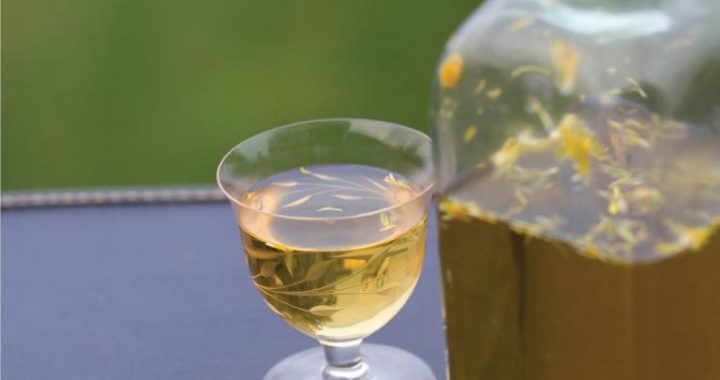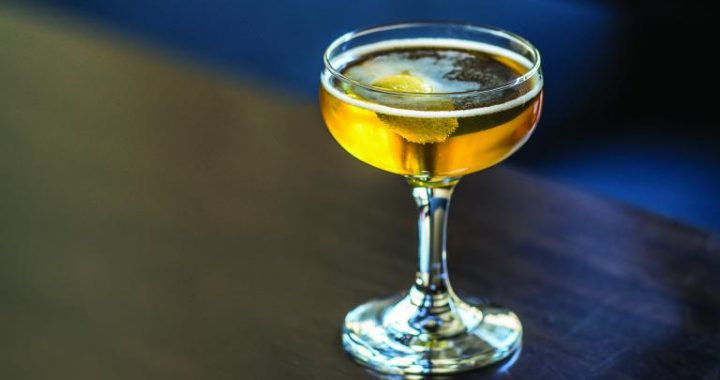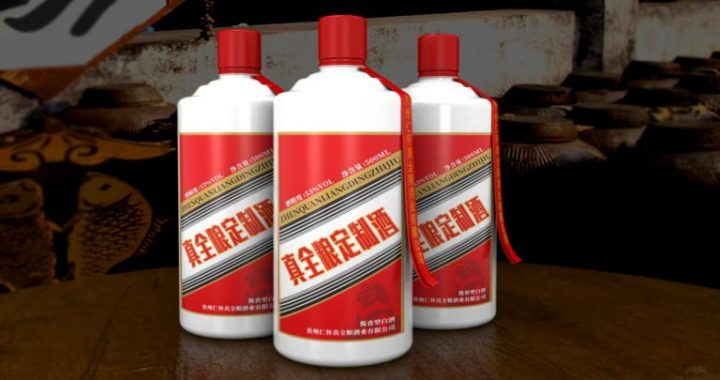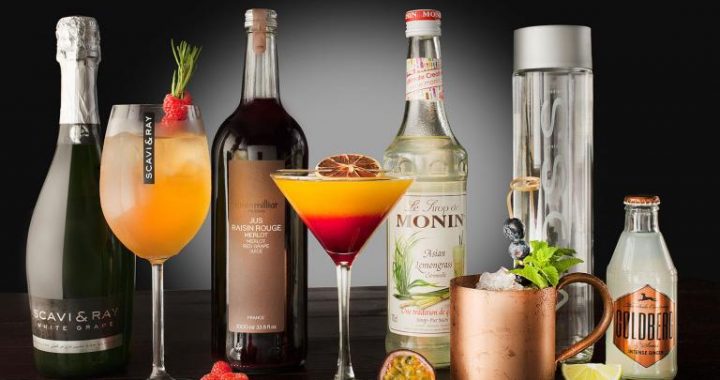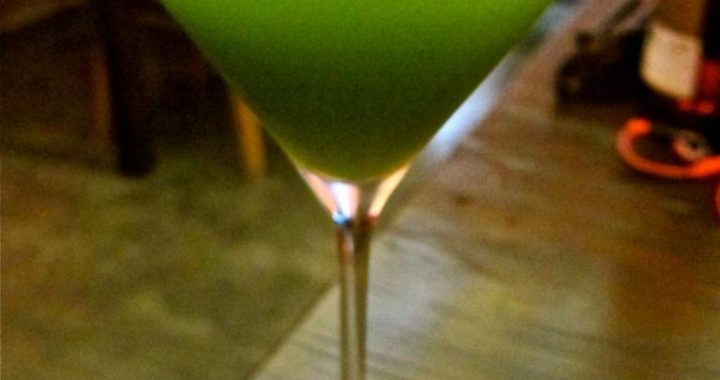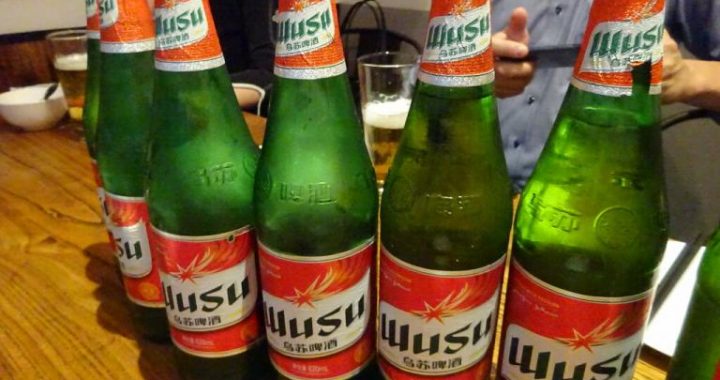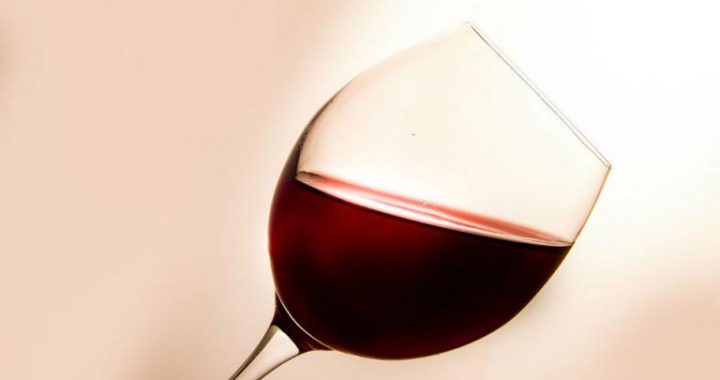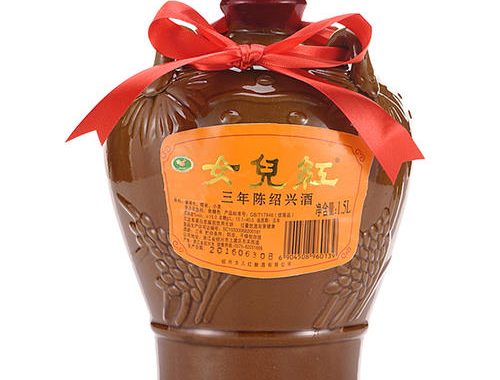Modern Scholars’View on the Origin of Wine
6 min readSome scholars in modern time believe that wine is a product of nature,discovered instead of being invented by man.The main ingredient,alcohol,can be converted from plenty of materials,while this process is quite possible and natura in the wild nature.In addition,there is still no consensus reached on the origin of grain-made-wine.The dominant view is that the earliest wines made from grain were 1i(literally”sweet wine”)and wine,which were brewed out of different materials and by different means.Li,similar to today’s beer,was made from malt;while wine was brewed from distiller’s yeast.There is another view that both li and wine were made from distiller’s yeast but in different brewing methods.As to when grain was first used to make wine,there are two contradictory ideas among them.The traditional view holds that wine brewing started after agriculture took its shape.Based on this assumption,some even proposed that this craft came into being only when agriculture developed into certain levels where grain was redundant as food.Another view is that wine brewing came much earlier than the farming age.
According to this idea,man lived on meat rather than grain in ancient times.People discovered that the grain they collected can also be made into wine by some reason,and then they started to grow grains to provide feedstock for wine brewing.
Therefore,the purpose of grain cultivation is for wine brewing,for they were still living a nomadic life at that time.This view helps to further studies of the traditional one and has great significance in exploring the development of both wine culture and human society.
The origin of Chinese wine culture lies in both southern and northern China.In 1983,the discovery of a set of pottery wine vessels of early Yangshao culture(it is dated from around 5000 BC to 3000 BC)period in the Neolithic Age of the primitive society greatly promoted China’s wine culture in the world.With more than 6,000 years’history,the vessels of Yangshao culture pushed China’s wine culture 1,000 years forward,which made China one of the countries with ancient wine culture and proved that Chinese wine was among the oldest in the world.Among the unearthedwine vessels,the earliest ones were of Dawenkou culture(it existed from 4100 BC to 2600 BC)period in Shandong,and the amount of wine vessels in Longshan Culture period was even surprising.Both of them reflected the long history of Chinese wine culture.
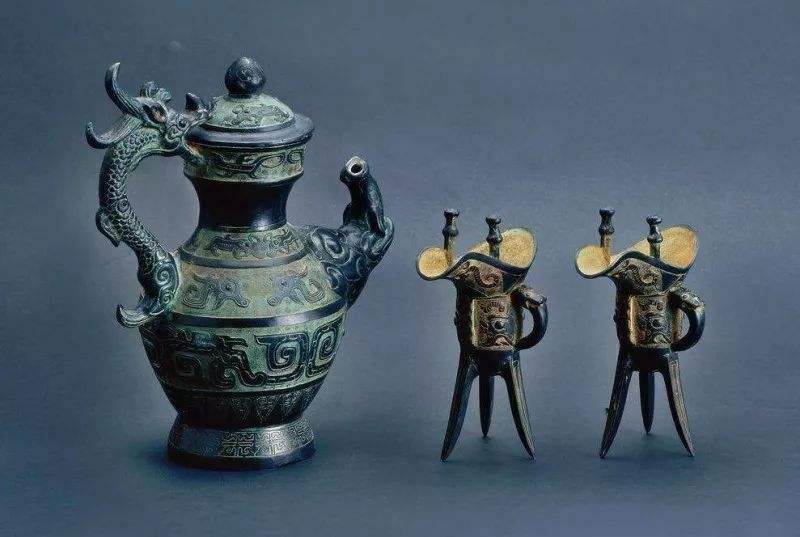
Based on wine development and historic record,China’s wine-making industry can be divided into several periods:
1)Initial Period
Chinese traditional wine went through a period of enlightenment lasting 2,000 years from 4000 BC to 2000 BC,that is,from early Yangshao Culture to early Xia dynasty.During this stage,the wine originated from natural brewage,especially when wild fruits were fermented at a suitable temperature and humidity,while man-made wine started as sort of imitation after human discovered and tasted the natural wine.It was due to both natural ferment where grains were not well stored and human’s conscious production activities such as grain planting and stock raising.
2)Growing Period
The period between the Xia and Qin dynasty(2000 BC-200 BC)lasted for 1,800 years,during which fire,grains and stock were adopted and developed.In particular,the invention of yeast,or qu in Chinese,made China the earliest nation in the world to make wine by this means.There also created China’s earliest brewage standards called wuqi(five qis),namely,fanqi,liqi,angqi,tiqi and chenqi.They actually represented five grades of wine based on its clarity and mellowness.Wuqi defined the technical standards of the five grades and listed five types of wine on its basis.Such summarization of primitive brewage techniques is of momentous significance to the development of brewing.
During this period, wines made from various materials came out one after another. The appearance of skillful craftsman in particular, such as Yi Di and Du Kang, laid a foundation for the development of Chinese wine. Wine-making was attached great importance and the government set a brewing organ which produced win for king and princes only for enjoyment. Emperor Zhou of the Shang dynasty once puta huge amount of labor and money into building wine pool in his palace. His vicious indulgence in lewdness led to the downfall of the Shang dynasty Generally, wine was developed in this stage, but just in a small scale. The unique yeast brewage techniques were developed, the theory of ferment was raised, and the “six-rule classics”were summarized which integrated the six indicators in brewing, such as time, raw material, ferment material, water quality, ferment vessel, and temperature. However, as wine was still restricted in the upper-class of society, and with concerns that wine would lead to a disaster to the kingdom, it was not extensively developed and brewing industry was hence hindered.
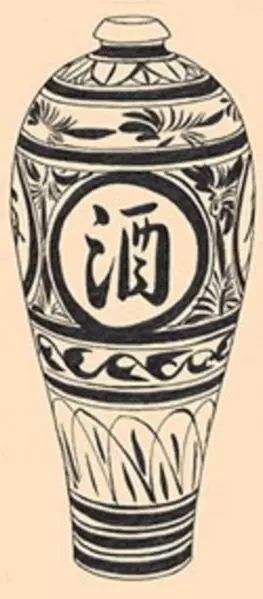
3) Mature Period
This period lasted 1,200 years from the Qin dynasty (200 BC) through the Northern Song dynasty (1000 AD). Before the Western Han dynasty, liquor was made through yeast and carried low level of alcohol. It was since the Eastern Han dynasty that liquor with a rather high alcohol level started to appear. This means thatbrewing techniques had been greatly developed since the Eastern Han dynasty. In particular, from the late Eastern Han dynasty to the Southern and Northern dynasties, many people inside then ruling class were frustrated due to long time chaos of war, and men of letters embraced empty talk and drowned their sorrows in alcohol, both of which led to the flourishing of wine. In the Wei and Jin dynasties.
wine was extended to the folk. What is more, Chinese and western wine began to interact and influence each other thanks to the flourishing trade between Asia, Europe and Africa, which laid a solid foundation for the development of Chinese spirit. In addition, such techniques were fully summarized in Qi Min Yao Shu (literally Main Techniques for the Welfare of the People), which further promoted the development of Chinese brewing.
Qi Min Yao Shu, written by Jia Sixie of the Northern Wei dynasty, ranks the oldest scientific monograph of Chinese farming and stockbreeding. It is also anintegration of wine brewing techniques of all regions at that time, which is th earliest book concerning wine brewing in China and in the world. All theories offerment, key points in conditions, as well as prescription stated in this book ar of significance to the transmission and development of China’s ancient brewing technologies.
In this period, wine with unique flavor and top quality arose, and wine made from yellow rice, fruit and grape as well as medicinal liquor witnessed rapid development. In particular, the appearance of those famous “wine poets”such as Li Bai, Du Fu, Bai Juyi, Du Mu, and Su Shi greatly facilitated Chinese wine development into a splendid golden age. Archeologists once unearthed a picture in a tomb of the Tang dynasty describing wine brewing, indicating the contribution of ethnic minority in this regard.
After the Tang dynasty, books on Chinese ancient brewing skills appeared in large volume, among which Jiu Ching by Zhu Yizhong of the Song dynasty incorporated all the skills and methods. It inherited brewing tradition and summarized Chinese wine brewing theory and practice based on studies of wine workshops in Hangzhou area.
During this period, selection and combination of raw materials as well as confection of medicinal liquor were given more attention. In the meantime, people began to focus on harmony and luckiness of numbers. The fragrance of wine was strictly controlled, little vessels of various shapes appeared, which expanded the content of wine culture.
4) Improvement Period
This period lasted 840 years from 1000 in the Northern Song dynasty to 1840 in the late Qing dynasty, where Chinese traditional wine was further improved. The introduction of distiller from the Western Regions greatly promoted the invention of Chinese liquor. This brought forth various wines of excellent quality and techniques in south and north China mingled. Among the relics unearthed of this period, wine vessels are generally in small size, which indicates that wines of high alcohollevel were already widely spread at that time. The invention of liquor not only promoted the competition of the five types of wine, but also passed vivid stories to later generations and marked the improvement of Chinese wine brewing.
